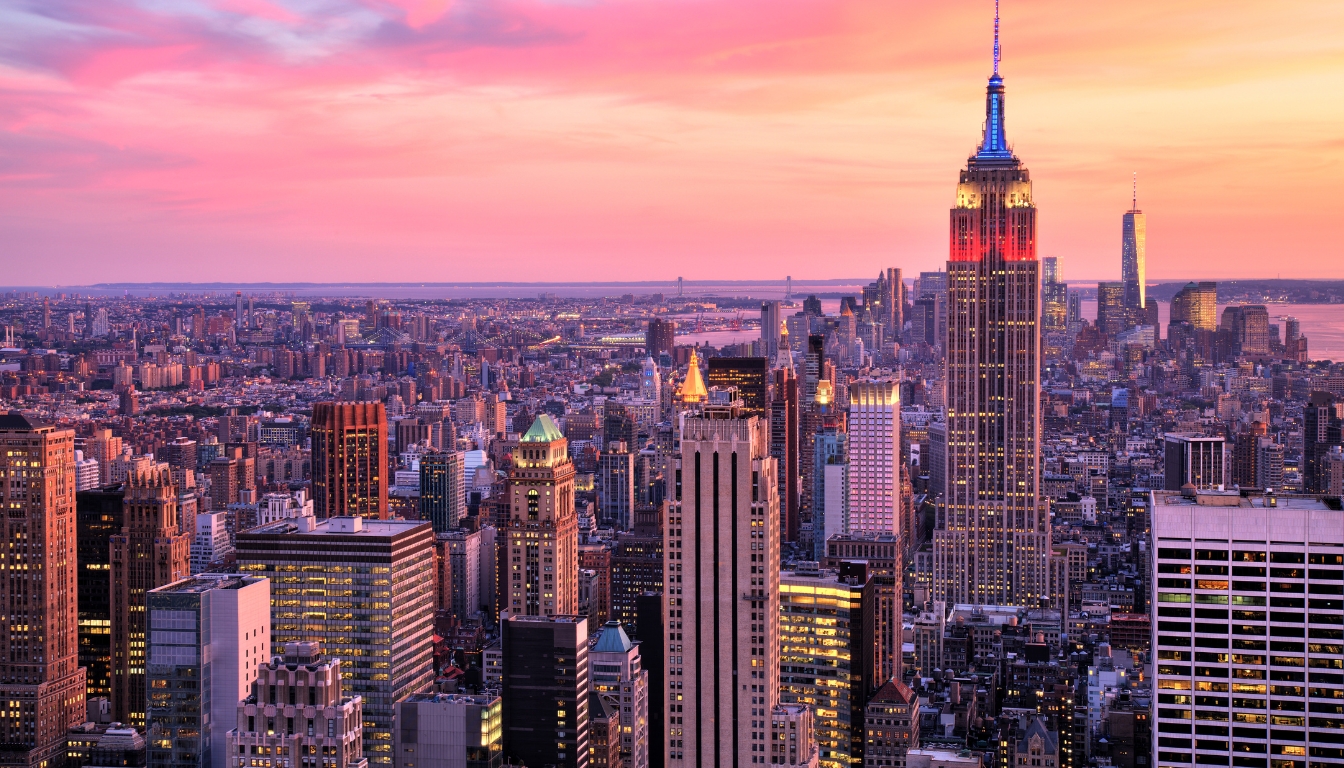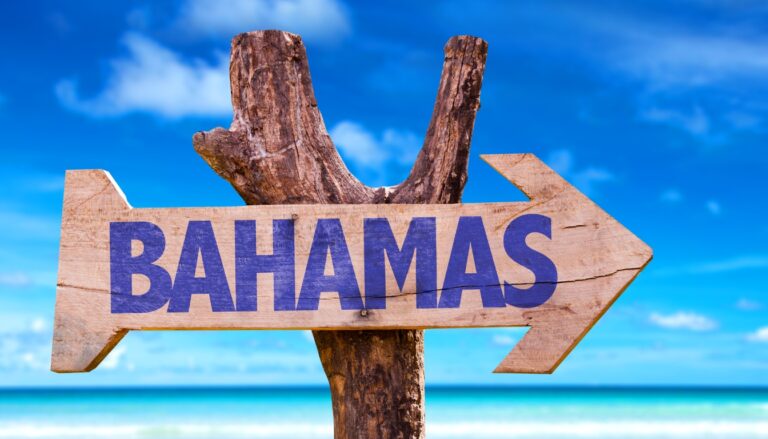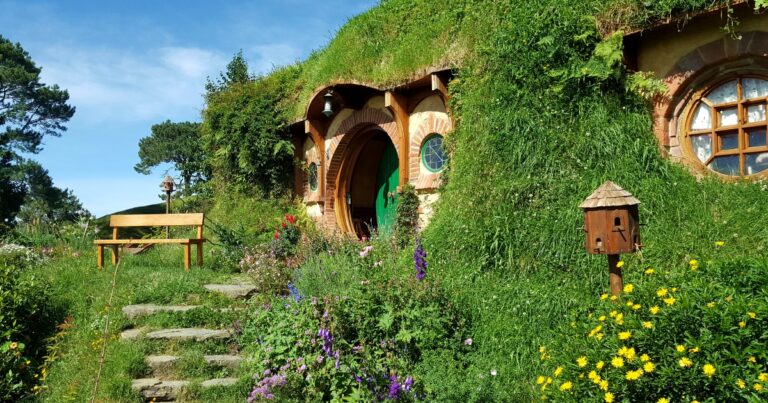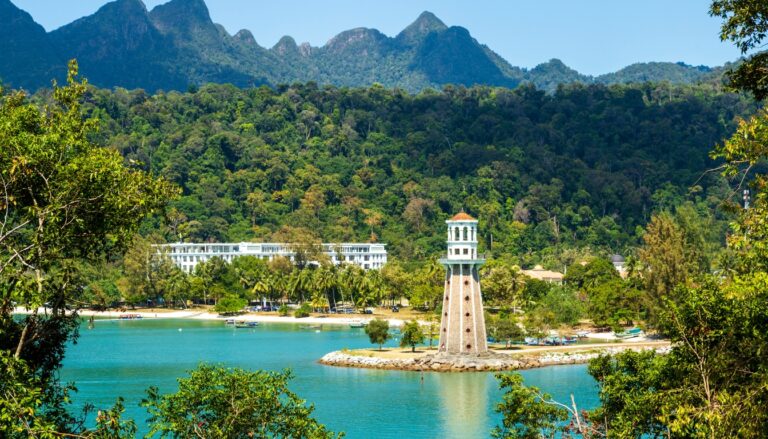Best Time to Visit New York: 4 Perfect Seasons Guide
Planning a NYC trip? Discover the best time to visit New York with our seasonal guide covering weather, crowds, and costs. Learn more!
New York City beckons millions of visitors year-round, but choosing when to visit can make or break your Big Apple experience. Whether you’re dreaming of ice skating in Central Park or catching a Broadway show without the summer crowds, timing is everything in the city that never sleeps.
The best time to visit New York depends entirely on what you want from your trip. Are you seeking budget-friendly accommodations, perfect weather, or seasonal attractions? Each season in NYC offers its own unique charm, challenges, and opportunities.
In this comprehensive guide, you’ll discover how each season transforms the city, what to expect weather-wise, and how to make the most of your New York adventure no matter when you arrive.
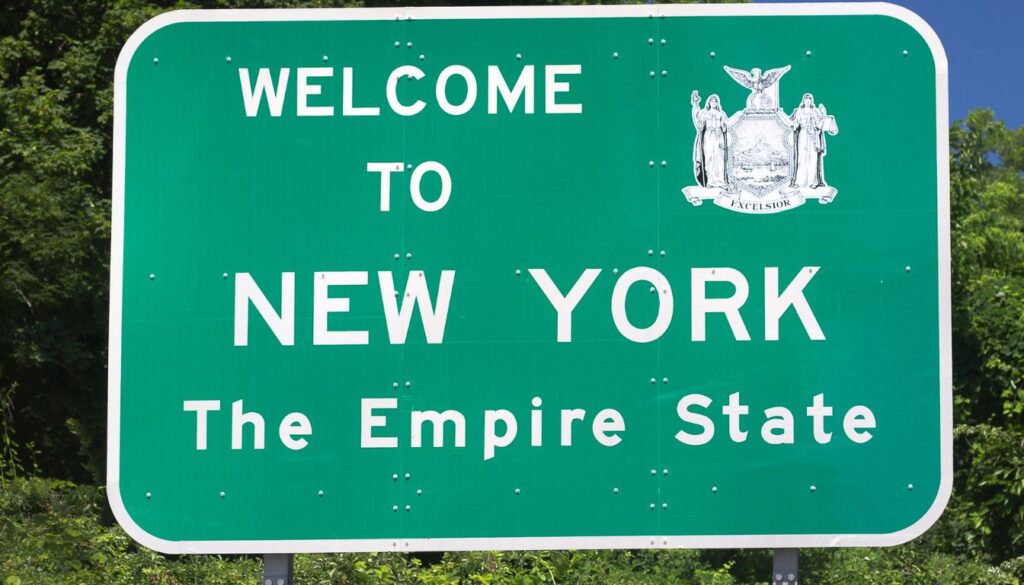
Spring in New York (March – May): The City Awakens
Weather and What to Expect
Spring marks one of the most delightful times to experience New York. As winter’s grip loosens, temperatures gradually climb from the mid-40s in March to comfortable 70s by May. You’ll witness the city literally coming alive as flowers bloom in Central Park and outdoor dining returns to the streets.
However, spring weather can be unpredictable. Pack layers because you might experience a chilly morning followed by a warm afternoon. Rain is common, especially in April, so bring an umbrella or light rain jacket.
Crowds and Costs
Spring represents a sweet spot for many travelers. Tourist crowds haven’t reached their summer peak, making it easier to enjoy popular attractions without lengthy waits. Hotel prices remain reasonable compared to peak summer rates, though they start climbing as Memorial Day approaches.
Restaurant reservations are easier to secure, and you’ll find more availability for Broadway shows. The shoulder season pricing makes spring an excellent choice for budget-conscious travelers.
Spring Highlights and Activities
Central Park transforms into a botanical wonderland during spring. The Cherry Hill area bursts with pink blossoms, while the Conservatory Garden showcases tulips and daffodils. It’s the perfect time for outdoor activities like bike rides through the park or walking the High Line.
Spring also brings the return of outdoor markets, rooftop bars, and sidewalk cafes. The weather is ideal for exploring neighborhoods on foot, from the cobblestone streets of SoHo to the trendy shops in Williamsburg.
Tips for Spring Visitors
- Book accommodations early as prices increase closer to summer
- Pack versatile clothing for temperature swings
- Check for spring festivals and outdoor events
- Make dinner reservations in advance as outdoor dining becomes popular
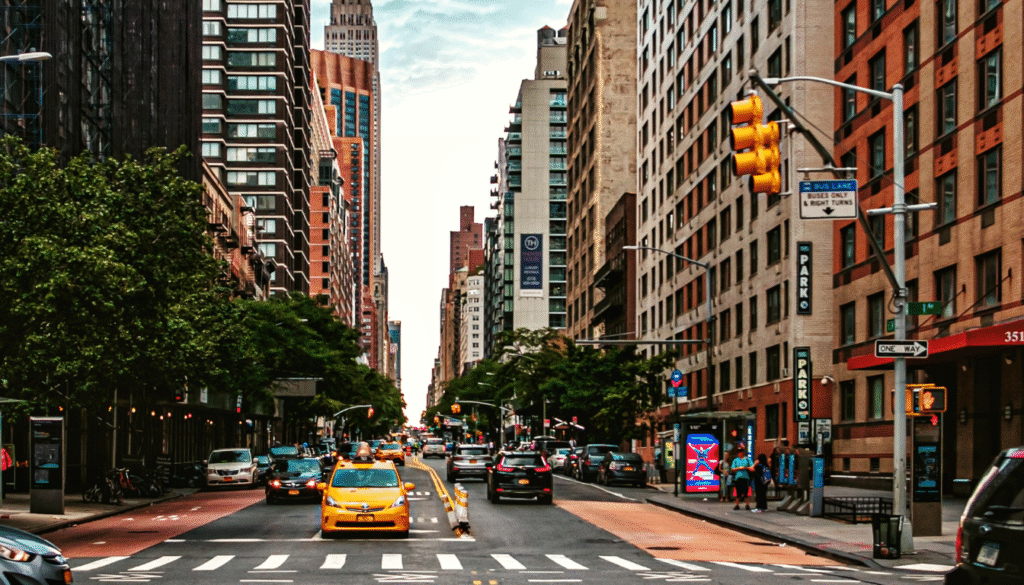
Summer in New York (June – August): Peak Energy and Crowds
Weather and Climate
Summer in New York can be intense. Temperatures regularly soar into the 80s and 90s, with humidity making it feel even hotter. The concrete jungle effect amplifies the heat, creating sweltering conditions that can be overwhelming for some visitors.
Afternoon thunderstorms are common and can provide brief relief from the heat. The subway system becomes particularly warm and humid, so factor this into your daily planning.
Tourist Seasons and Pricing
Summer represents peak tourist season, bringing the highest hotel rates and largest crowds. Popular attractions like the Statue of Liberty, Empire State Building, and Central Park Zoo experience their longest wait times. Restaurant reservations become essential, and Broadway shows often sell out weeks in advance.
Despite the crowds and costs, summer offers unparalleled energy. The city buzzes with activity, outdoor concerts, and street festivals that create an electric atmosphere you won’t find during other seasons.
Summer Activities and Events
Central Park becomes the city’s living room during summer. You can catch free concerts at SummerStage, Shakespeare in the Park performances, or simply people-watch from the Great Lawn. The park’s many fountains and shaded areas provide welcome relief from the heat.
Summer brings outdoor cinema screenings, rooftop parties, and extended museum hours. The beaches of Coney Island and Rockaway offer a quick escape from the urban heat, while the High Line provides elevated views with cooling breezes.
Surviving Summer in NYC
- Book everything well in advance
- Start your day early to beat crowds and heat
- Carry water and seek air-conditioned spaces during peak heat
- Consider staying in neighborhoods with good subway access
- Take advantage of free outdoor events and activities
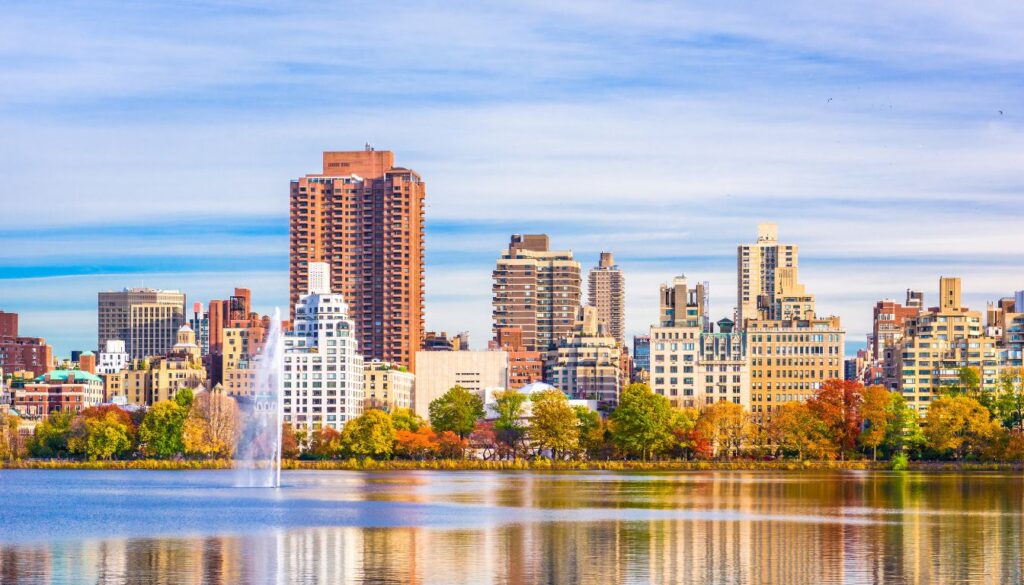
Fall in New York (September – November): The Golden Season
Perfect Weather Conditions
Many consider fall the best time to visit New York. September through November offers some of the most pleasant weather you’ll experience in the city. Temperatures range from comfortable 70s in September to crisp 50s in November, creating ideal conditions for walking and outdoor exploration.
The infamous summer humidity disappears, replaced by clear, sunny days and cool, comfortable evenings. Rain is less frequent than in spring, and you’ll enjoy longer periods of stable weather perfect for sightseeing.
Balanced Crowds and Costs
Fall strikes the perfect balance between summer’s overwhelming crowds and winter’s reduced attractions. Tourist numbers drop significantly after Labor Day, making September particularly appealing. Hotel rates decrease from summer peaks while remaining higher than winter lows.
You’ll find better availability for restaurants and shows, though popular attractions still draw crowds, especially during the beautiful October foliage season.
Fall Foliage and Seasonal Magic
Central Park becomes a photographer’s dream during fall. The changing leaves create a stunning backdrop for walks, picnics, and outdoor activities. The park’s many trails offer different perspectives on the seasonal transformation.
Fall brings harvest festivals, Oktoberfest celebrations, and Halloween events throughout the city. The cooler weather makes neighborhood exploration more enjoyable, and you can comfortably spend hours wandering through areas like Greenwich Village or the Upper West Side.
Making the Most of Fall
- Visit Central Park multiple times to see the changing foliage
- Book outdoor dining experiences while weather permits
- Take advantage of rooftop bars before they close for winter
- Plan day trips to see fall colors in nearby areas
- Attend outdoor festivals and seasonal events
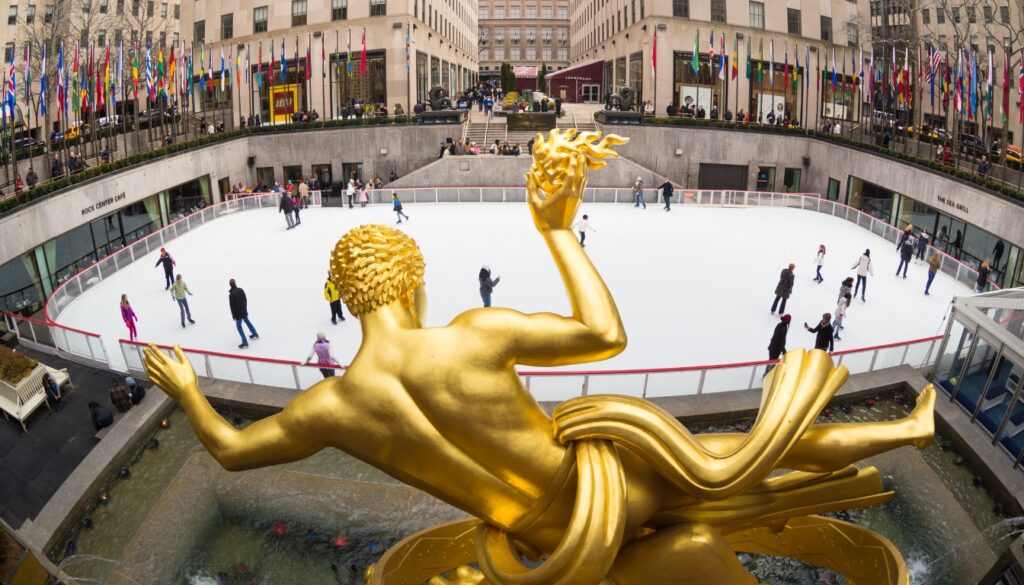
Winter in New York (December – February): Magical but Challenging
Winter Weather Reality
Winter in New York can be harsh. Temperatures often drop below freezing, with January being the coldest month. Snow is common, and when combined with wind, creates challenging walking conditions. The city’s grid system can create wind tunnels that make temperatures feel even colder.
However, winter also brings some of the most magical moments you can experience in New York. Fresh snow transforms the city into a winter wonderland, and the holiday season creates an atmosphere unlike any other time of year.
Lowest Crowds and Costs
Winter offers the best deals on hotels and attractions. Tourist crowds thin significantly, especially in January and February after the holiday rush. You’ll find shorter lines at popular attractions and better availability for restaurants and shows.
This makes winter an excellent choice for budget travelers who don’t mind bundling up. The money you save on accommodations can be spent on indoor activities and experiences.
Holiday Magic and Indoor Attractions
December transforms New York into a holiday wonderland. The Rockefeller Center Christmas tree, holiday window displays, and ice skating rinks create magical experiences. The holiday markets, particularly the Union Square Holiday Market, offer unique shopping and seasonal treats.
Winter is perfect for exploring the city’s world-class museums, Broadway shows, and indoor attractions. The Metropolitan Museum of Art, Museum of Modern Art, and Guggenheim provide warm refuge while offering incredible cultural experiences.
Winter Survival Tips
- Invest in quality winter clothing and waterproof boots
- Plan indoor backup activities for extremely cold days
- Take advantage of hotel deals and restaurant week specials
- Book holiday activities well in advance
- Use the subway system to stay warm while traveling
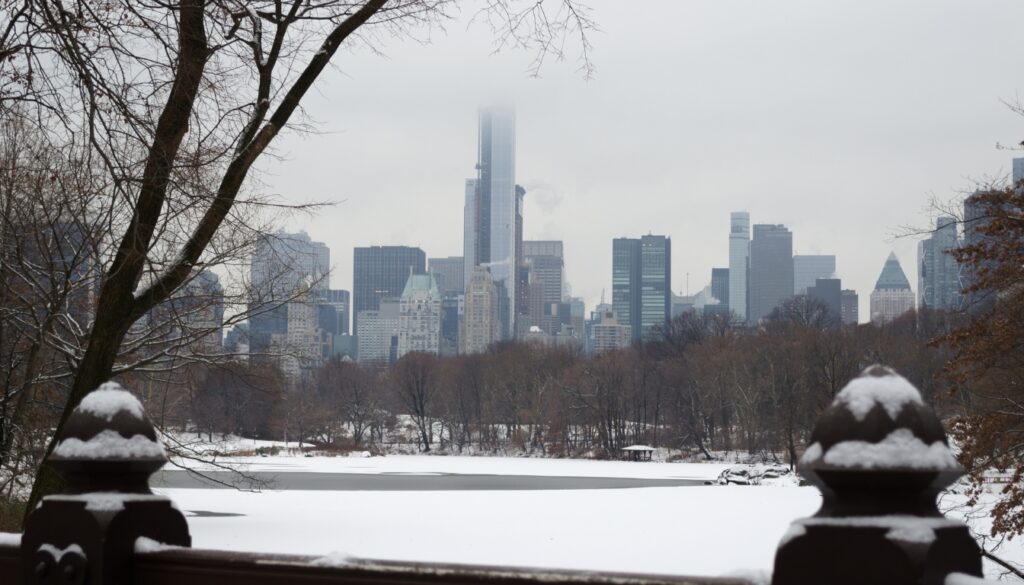
Choosing Your Perfect Season
For First-Time Visitors
If this is your first New York trip, fall offers the most well-rounded experience. The pleasant weather allows you to explore both indoor and outdoor attractions comfortably, while manageable crowds make navigation easier. You’ll experience the city’s energy without summer’s overwhelming intensity.
For Budget Travelers
Winter provides the best value, especially January through March. Hotel rates drop significantly, and you’ll find deals on attractions and restaurants. If you can handle the cold weather, your dollar will stretch much further during these months.
For Photography Enthusiasts
Both fall and winter offer incredible photo opportunities. Fall provides the stunning foliage of Central Park and clear, crisp lighting. Winter offers snow-covered scenes and holiday decorations that create picture-perfect moments throughout the city.
For Outdoor Activity Lovers
Spring and fall offer the best weather for outdoor exploration. Spring brings blooming flowers and comfortable temperatures, while fall provides perfect walking weather and stunning foliage. Summer can be too hot and humid for extensive outdoor activities.
Seasonal Packing Guide
Spring Essentials
- Layered clothing for temperature changes
- Light rain jacket or umbrella
- Comfortable walking shoes
- Light sweater for cooler evenings
Summer Must-Haves
- Lightweight, breathable clothing
- Sun protection (hat, sunglasses, sunscreen)
- Portable water bottle
- Comfortable sandals or breathable sneakers
Fall Preparations
- Medium-weight jacket or sweater
- Comfortable walking shoes
- Layers for temperature variations
- Light scarf for cooler evenings
Winter Necessities
- Heavy winter coat
- Warm hat and gloves
- Waterproof boots with good traction
- Thermal layers for very cold days
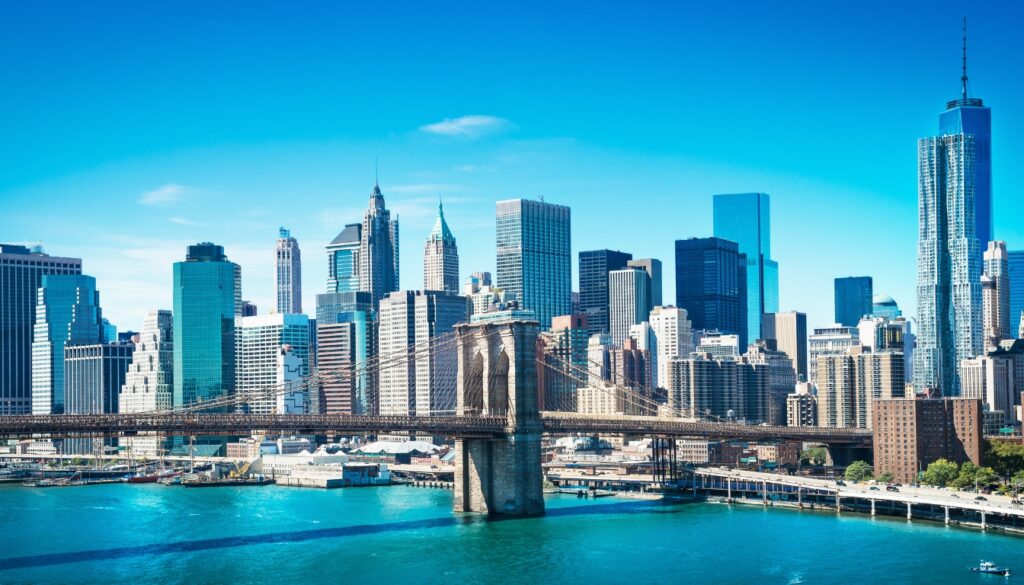
Making Your Decision
The best time to visit New York ultimately depends on your priorities, budget, and tolerance for crowds and weather extremes. Each season offers unique advantages and challenges that can enhance or complicate your experience.
Consider what matters most to you: perfect weather, budget savings, seasonal activities, or crowd levels. Use this guide to align your expectations with reality and plan accordingly.
Remember that New York City offers incredible experiences year-round. Whether you’re walking through Central Park’s autumn leaves, ice skating at Rockefeller Center, watching spring flowers bloom, or enjoying summer’s outdoor concerts, the city provides memorable moments in every season.
Your perfect New York adventure awaits – choose your season and start planning the trip of a lifetime!

